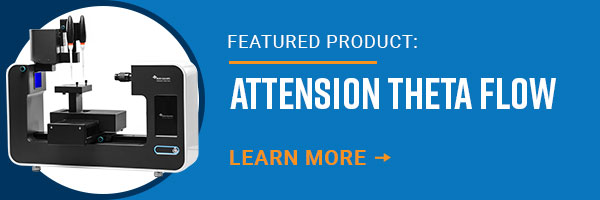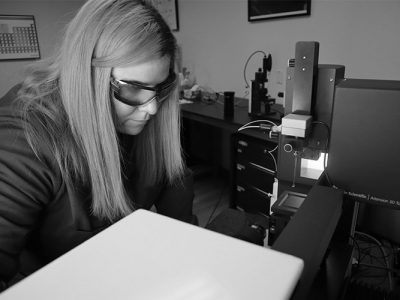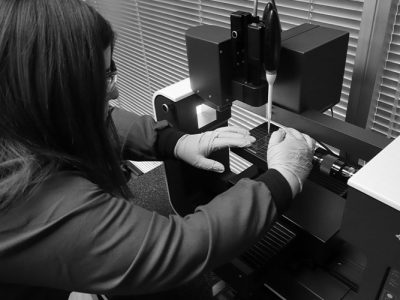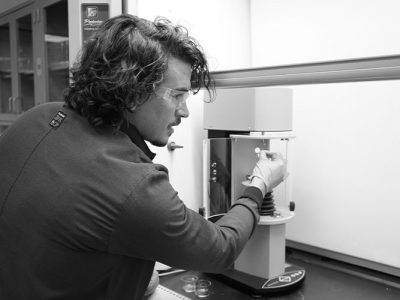When using contact angle measurements to analyze the wettability of a surface, certain assumptions are often made about the sample: the surface is unreactive, rigid, insoluble, chemically homogenous, and smooth. While reasonable inferences can be made about a surface’s physical and chemical characteristics, some roughness will always be present. As we move away from ideal-smooth surfaces to real-world samples, the topography of a sample surface can significantly alter the measured contact angle, affecting how liquids adhere. And depending on the surface’s function, this may be helpful or detrimental to its bottom-line. Therefore, accounting for surface roughness during optical tensiometry measurements is critical to differentiate the effects of surface chemistry and physical topography. This is relevant to numerous fields where wettability and adhesion are fundamental for operation, such as medical device biocompatibility, printing on paper, structural integrity in additive manufacturing, and surfaces after abrasive processing.
In this webinar, we will discuss how surface roughness influences contact angle measurements and the different models that can be used to account for this. This will be demonstrated with multiple samples in relevant industries like paper/packaging materials and metal/alloy surfaces using the Theta Flow optical tensiometer with 3-D Topography. With an integrated optical profiler, the roughness of a surface is automatically measured at the same location as the probe liquid droplet, giving the most accurate corrected contact angle value.





